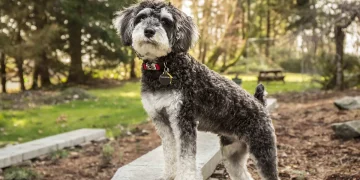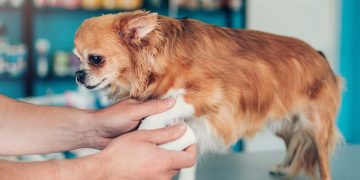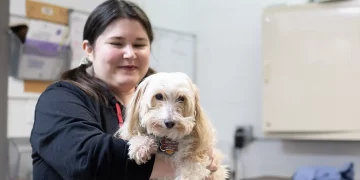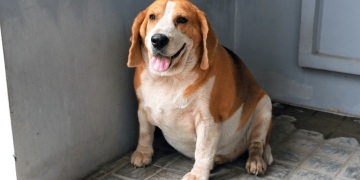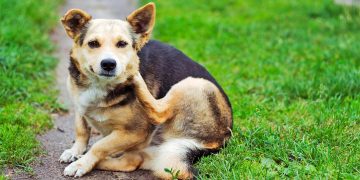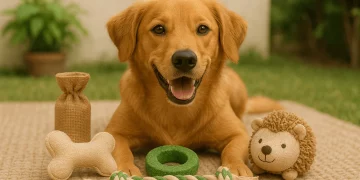Misunderstanding What Training Means for Guinea Pigs
Many first-time guinea pig owners assume these tiny herbivores are too simple or too shy to train. Some imagine that training means expecting them to fetch balls or perform circus tricks, while others dismiss the idea altogether. But in reality, guinea pigs are highly observant, emotionally sensitive animals who can learn a variety of behaviors through gentle and consistent interaction. The goal isn’t to turn a guinea pig into a dog—it’s to build trust, encourage enrichment, and support healthy routines.
Unfortunately, new owners often make mistakes that delay progress or even stress their piggies. From using the wrong voice tones to timing rewards poorly, these common missteps can turn training into confusion for both pet and human. Fortunately, most of these pitfalls are easy to correct once you understand how guinea pigs interpret their world. With a better grasp of their learning patterns and preferences, you can turn basic handling into meaningful bonding and encourage responsive behavior through positive reinforcement—not pressure.
Mistake #1: Expecting Dog-Like Obedience
Unlike dogs, guinea pigs are prey animals. This means their default programming is to flee, freeze, or hide when uncertain. They don’t chase toys or seek approval from humans in the same way a dog might. New owners often expect instant affection or quick command responses, only to be disappointed when their pig sits frozen in a corner. In truth, guinea pig training is more about desensitization and association than obedience.
Basic guinea pig training focuses on:
- Coming when called
- Responding to name
- Standing for health checks
- Using a litter area
- Entering carriers or tunnels on cue
To get there, you need patience, predictability, and above all, respect for their boundaries. Forcing eye contact, cornering them for handling, or rushing behavior before trust is built will only make them more skittish.
Mistake #2: Using Loud Voices and Sudden Movement
New guinea pig owners often forget how sensitive their pets are to sound and motion. Loud greetings, sudden arm movements, or approaching the cage from above can cause panic. A guinea pig’s natural predator response is triggered by anything unexpected—especially if it mimics the movement of a bird swooping down.
To reduce fear and encourage trust:
- Speak softly and consistently during interactions
- Approach from the front or side, not overhead
- Use slow, fluid hand motions
- Maintain a consistent tone of voice for cues
- Avoid clapping or vocal “corrections”
When guinea pigs hear the same word in a calm tone—like “come” or “treat”—they begin to associate the sound with a reward. High-pitched voices, shouting, or dramatic reactions only condition fear.
Mistake #3: Delayed or Inconsistent Rewards
One of the most common training mistakes is offering the reward too late. Guinea pigs have short attention spans, and if you give the treat even three seconds after the desired behavior, they may not associate the action with the reward. Similarly, if you reward them randomly without clear cause, they won’t understand what they did right.
To improve timing:
- Keep the treat ready in your hand or pouch
- Use a clicker or verbal marker (like “yes!”) the instant the behavior happens
- Reward immediately—even if it’s just turning toward you
- Break tasks into small steps and reinforce each one
Consistency builds confidence. If “come here” sometimes results in a treat and other times doesn’t, your guinea pig will learn to ignore the cue altogether.
Mistake #4: Overhandling Too Early
Many new owners are eager to cuddle and carry their guinea pigs as soon as they bring them home. But too much handling before trust is established can create long-term skittishness. While socialization is important, it must be earned through gentle daily interaction and not rushed.
Instead of grabbing or chasing your piggy:
- Let them sniff your hand while you rest it in the cage
- Use food to lure them onto your palm
- Hold them for short, calm sessions with full body support
- Return them to their cage before they become fidgety or stressed
The goal is for your guinea pig to associate your hands with safety, not capture. Gradually extending touch and handling allows training to be built on confidence, not coercion.
Mistake #5: Ignoring Body Language During Training
Guinea pigs communicate constantly through movement, posture, and sound. If a pig turns its back, freezes, chatters its teeth, or darts away, it’s sending a clear message. Many new owners interpret freezing as submission or cooperation, when it’s actually fear. Pushing training when a pig is uncomfortable will break trust and may even cause health-related stress.
Watch for signs your guinea pig is ready to engage:
- Approaches you without prompting
- Sniffs and stays near your hand
- Takes food gently and stays relaxed
- Displays playful behaviors like “popcorning” or wheeking
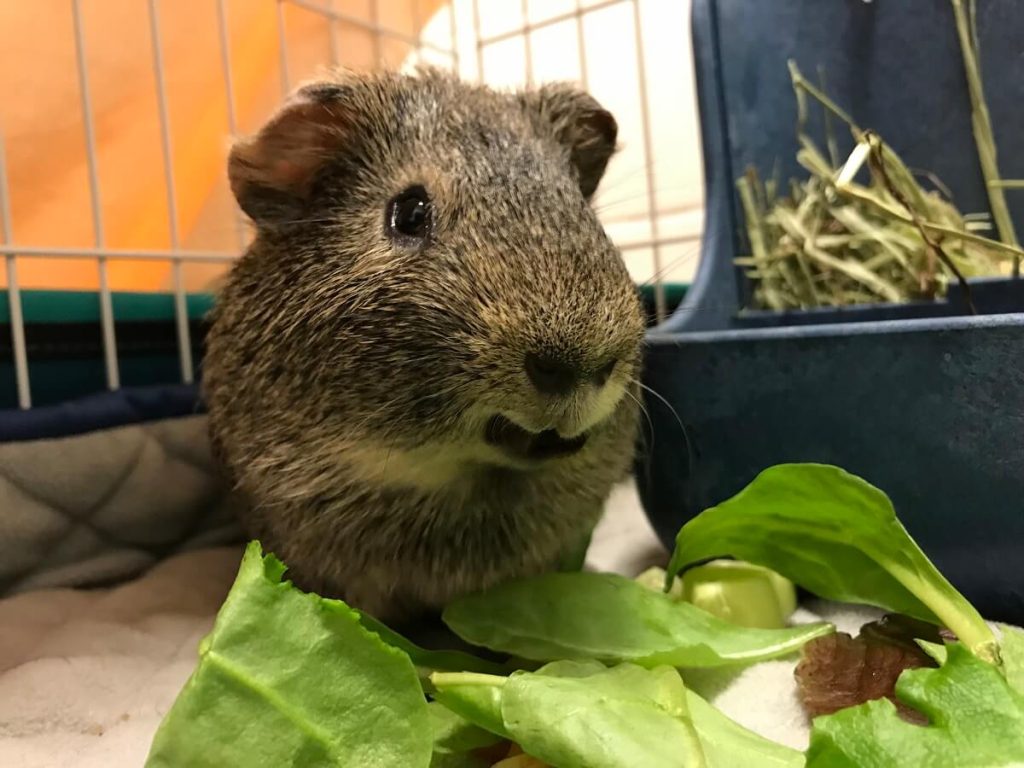
Respect their emotional signals. Training should end before frustration sets in—not after.
Mistake #6: Using the Wrong Rewards
What counts as a motivating treat for a guinea pig? Not every food item has equal value. While some guinea pigs adore bell pepper or cucumber, others prefer carrot tops or apple slices. Many new owners offer regular pellets or low-interest veggies during training, only to be met with indifference.
Ideal guinea pig training treats include:
- Small pieces of red bell pepper
- Slivered apple or pear (very small amounts)
- Bits of carrot, parsley, or cilantro
- Romaine lettuce (avoid iceberg)
- Oxbow or hay-based training treats (only in moderation)
Keep portions tiny—about the size of a pea—and use a variety to maintain engagement. High-sugar treats like fruit should be used sparingly and never as the bulk of their diet.
Mistake #7: Training in Noisy or Distracting Environments
Because guinea pigs are hyper-aware of their surroundings, training in loud or unpredictable environments usually fails. TV sounds, barking dogs, or even nearby clanging dishes can distract or scare them away from focus. New owners often try to train in the living room with other pets around, wondering why the guinea pig seems uninterested.
The best setup includes:
- A quiet room with soft lighting
- No other pets present
- Familiar smells (use a fleece or hidey from their cage)
- No sudden vibrations or music
- Floor-level interaction—no training from standing height
The calmer the setting, the easier it is for a guinea pig to connect a cue with a behavior and a reward.
Mistake #8: Skipping Daily Reinforcement
Training is not a one-time event. Many new owners try for a few days and then assume their guinea pig has “learned” the behavior forever. But without frequent reinforcement, even trained behaviors fade quickly. Guinea pigs thrive on routine and repetition.
Tips to build daily habits:
- Reinforce “come” or name recognition every time you feed
- Use the same phrases or sounds consistently
- Practice short, 3–5 minute sessions twice a day
- Reinforce calm handling or lap time with a treat
- Use tunnels, ramps, and interactive toys to keep them mentally stimulated
Training doesn’t always mean teaching something new—it often means gently reminding them what they’ve already learned in a safe and rewarding way.
Mistake #9: Expecting Every Guinea Pig to Learn the Same Way
Just like people, guinea pigs have individual personalities. Some are bold and outgoing, others are quiet and cautious. Some pick up new behaviors in days, others need weeks to feel confident. A common mistake is comparing progress between piggies or getting frustrated when one seems “dumber” or “stubborn.”
Training should always be tailored to:
- Age (younger pigs are often more adaptable)
- Temperament (shy pigs may need more quiet time)
- Previous history (rescue pigs may have trauma)
- Motivation style (some are food-driven, others toy-driven)
The key is adapting your pace—not forcing theirs.
Conclusion: Connection, Not Commands
Guinea pig training isn’t about dominance, obedience, or trick performance—it’s about building trust and enhancing your pet’s quality of life. The most successful guinea pig owners are those who listen more than they direct, reward more than they correct, and approach every interaction with patience and empathy.
By avoiding common training mistakes like rushing, overwhelming, or misreading signals, you can create a daily rhythm of gentle communication with your guinea pig. Over time, those tiny squeaks and cautious approaches will turn into confident engagement, and what starts as training becomes a joyful dialogue—one carrot sliver at a time.







